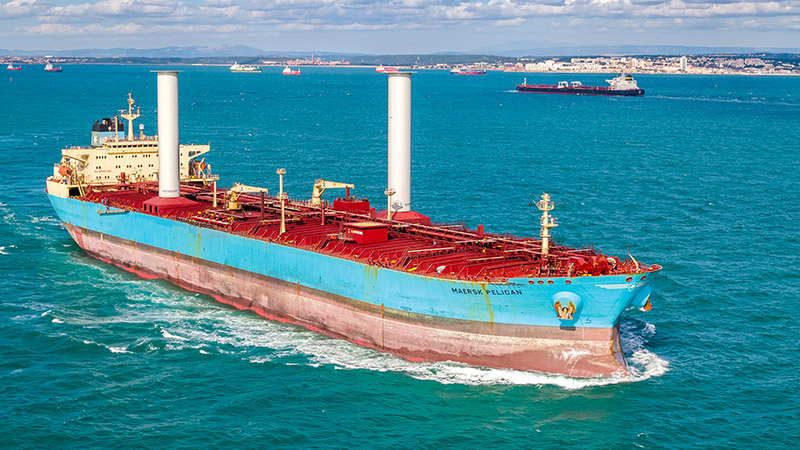Shipping companies return to proven power of wind
Shipping is going back to the future. Thousands of years after the Egyptians first used sails to move boats down the Nile, major companies are once again considering the power of wind to transport goods around the world. From giant kites to towering sails, technologies are being developed to propel ships that need less fossil fuels, just as higher energy costs and stricter environmental regulations are putting pressure on shipping to clean up.
Wind energy enthusiasts believe that these technologies should play a leading role in ambitions to eliminate carbon emissions from the supply chain. However, others have pointed out the limited benefits on certain ships or trade routes. They have also questioned whether the shipping industry, which has been one of the most resistant to decarbonisation, can be incentivised to invest the millions needed to rebuild the global fleet.
“In 2014, I walked into a room and pretty much everyone was saying, ‘Oh no, he’s going to talk about this crazy idea’,” says Gavin Allwright, secretary-general of the International Windship Association, which represents several start-ups developing wind propulsion systems. But he suggests that attitudes have “fundamentally changed”. Allwright notes that, after a handful of companies started installing wind propulsion technology on their ships, “I was able to start conversations and say, ‘Your competitors are doing this, why not you?’
In 2018, Maersk, then the world’s largest container shipping company, installed two 30-metre-high rotor sails on a tanker: the Maersk Pelican. These rotating sails, designed to propel the ship by changing the speed of the airflow around it, were hailed as an opportunity to reduce the Pelican’s reliance on fuel and create a “new playing field”.
More recently, US food company Cargill announced plans to install two folding sails on the deck of a bulk carrier, built by Mitsubishi in 2017 and chartered by Cargill. “We have long been intrigued by wind,” explains Jan Dieleman, president of Cargill’s Ocean Transportation division, who expects the converted vessel to be ready to set sail by spring. He says wind “clearly plays a role in minimising” the amount of money to be spent on green propulsion methods, which remain more expensive than fossil fuels.
Read the entire article at source: Financial Times
Image: Maersk Pellican, © Norsepower


